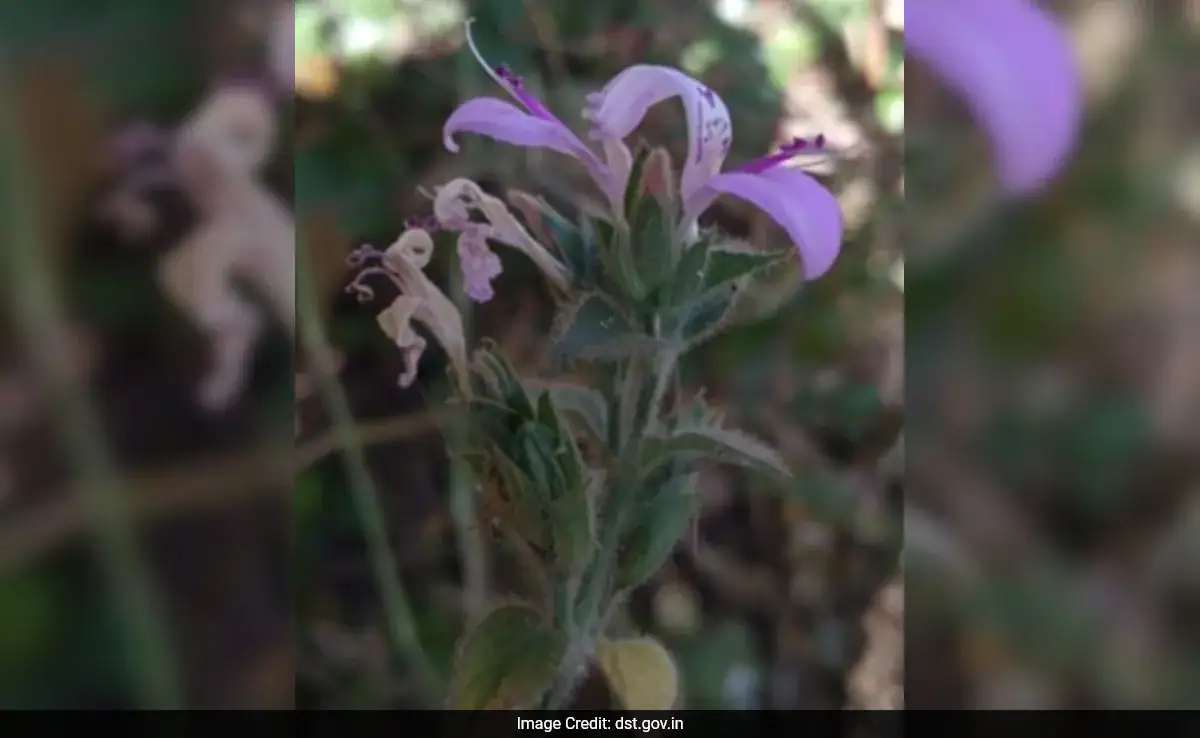NEWLY DISCOVERED DICLIPTERA SPECIES THRIVES IN FIRE-PRONE GRASSLANDS
Why in the news?
Researchers identified Dicliptera polymorpha in India’s Western Ghats, noting its rare dual-blooming cycle and fire-adaptive traits, which emphasise the need for conservation in fire-affected grassland ecosystems.
Discovery of Dicliptera Polymorpha:
- New Species: A recently discovered species, Dicliptera polymorpha, belongs to the genus Dicliptera and was found in the Northern Western Ghats of India.
- Fire-Resilient Adaptation: Known for its fire-resilient, pyrophytic habit, the species exhibits an unusual dual-blooming pattern, flowering both after the monsoon and in response to local grassland fires.
Unique Characteristics of Dicliptera Polymorpha:
- Flowering Phases: The species has two distinct flowering phases.
The first occurs from early November to March or April, following the monsoon, while the second blooms in May and June, triggered by grassland fires.
- This second phase produces more abundant but shorter-lived flowers.
- Inflorescence Structure: Its inflorescence units develop into spicate structures, which is unique to this species in India.
- The closest relatives are found in
- Taxonomic Uniqueness: Dicliptera polymorpha stands out for its unique spicate inflorescence structure, making it distinct among Indian plants.
Habitat and Ecological Importance:
Habitat: This species thrives on the slopes of open grasslands in the northern Western Ghats, an area subject to extreme climatic conditions such as droughts and frequent fires.
Conservation Implications: Its adaptation to fire and limited habitat highlights the need for careful management of grassland ecosystems in the region to ensure the species’ survival and maintain biodiversity.
Key facts about Dicliptera polymorpha:
- Dicliptera polymorpha is fire-resilient, displaying a unique pyrophytic trait with two annual blooming phases.
- Blooms first post-monsoon (November to April) and then in response to summer fires (May to June).
- Distinctive spicate inflorescence, found only in African relatives among Dicliptera species.
- Thrives in extreme grassland environments of the Western Ghats, facing droughts and fires.Conservation is vital to protect its limited habitat, as fire management supports both this species and the region’s biodiversity.




